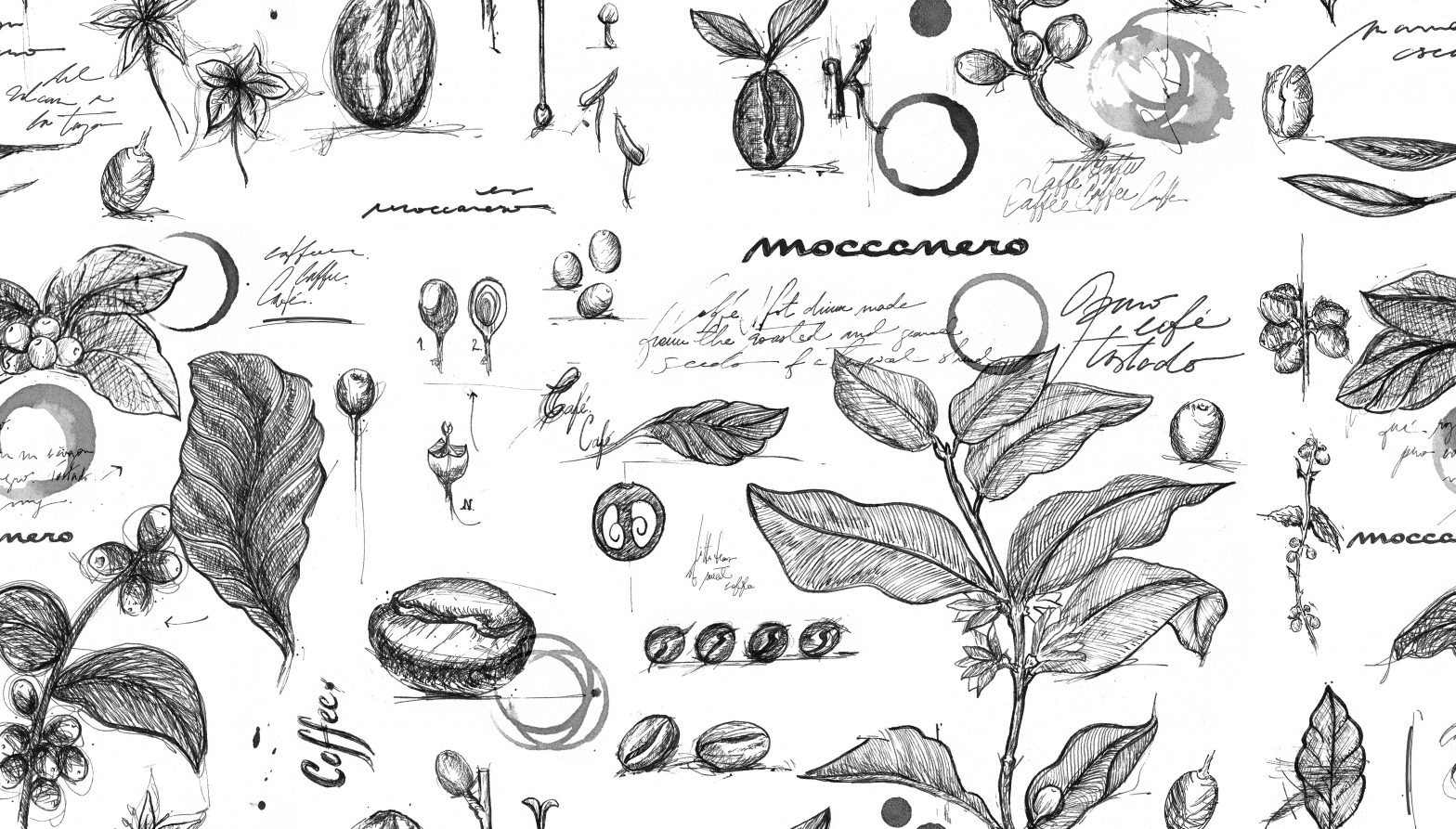
It started in Singapore in 1988. On my way from university, I had to pass a stand from a Belgian chocolate factory. Despite my very sparse budget at that time, I bought one of these extremely expensive chocolates every day for myself and celebrated the enjoyment of this little delicacy with its rich aroma and the lasting chocolate flavor.
Years later in a small Italian town, with a simple espresso, I suddenly found that enjoyment for a moment, which reminded me so much of this daily ritual that had been so important to me. Although the espresso wasn’t quite as good as the Belgian praline, it was reminiscent of chocolate and with a little sweetness the aroma almost unfolded into that of a praline.
Ever since then that experience and the memory have inspired me to find the espresso which aroused in me that precious little pleasure, which previously only a Belgian praline had been able to do. Of course, this idea of an espresso is just my personal preference, but it’s an idea to which I’ve always felt connected.
For a long time I searched for this perfection, but unfortunately it was always one small detail or another away from perfection. The bean, mixture, roasting, storage, freshness, water, machine, mill, squeeze, sugar: the weakest link in this chain determines the taste and no amount of investment in just one of these elements can change that.
And so began the journey to the creation of my own coffee.










